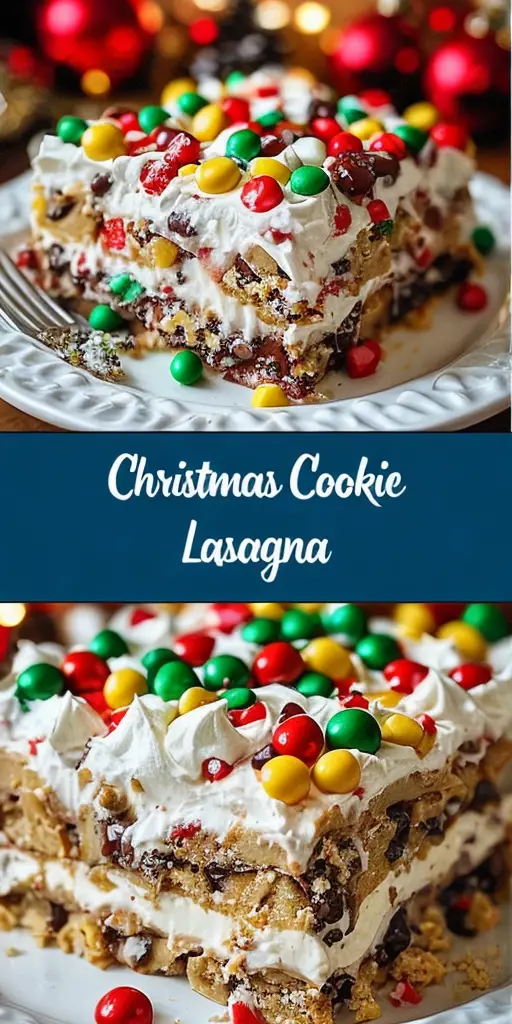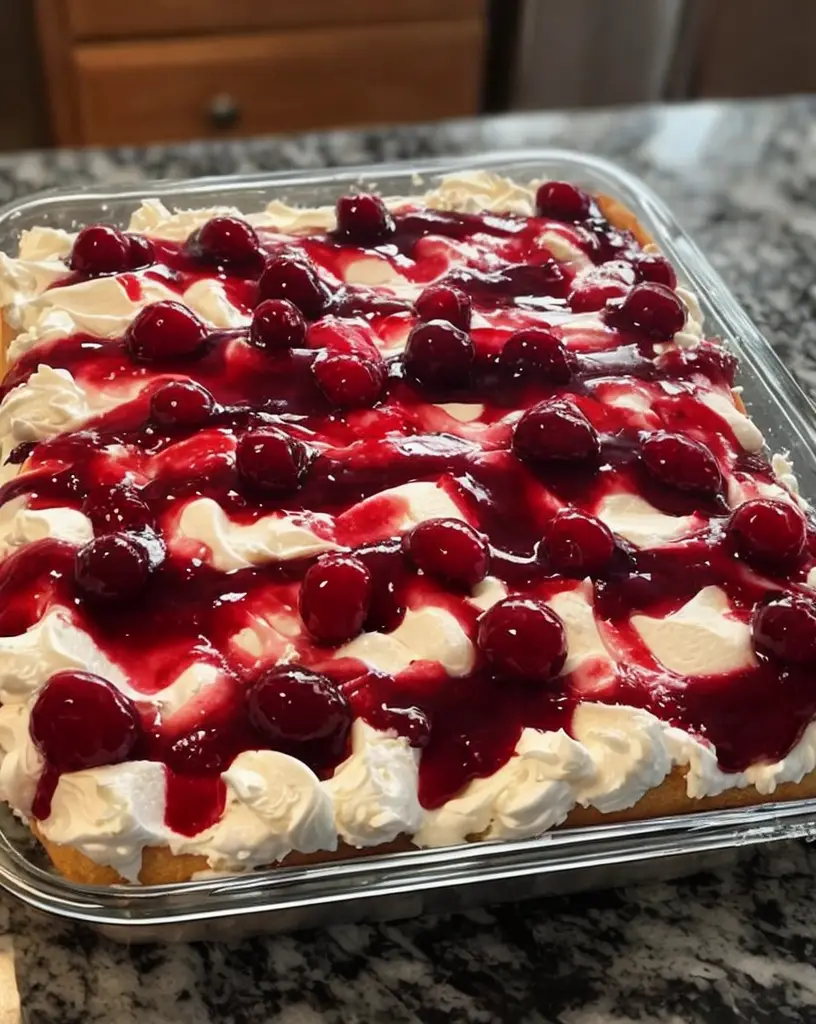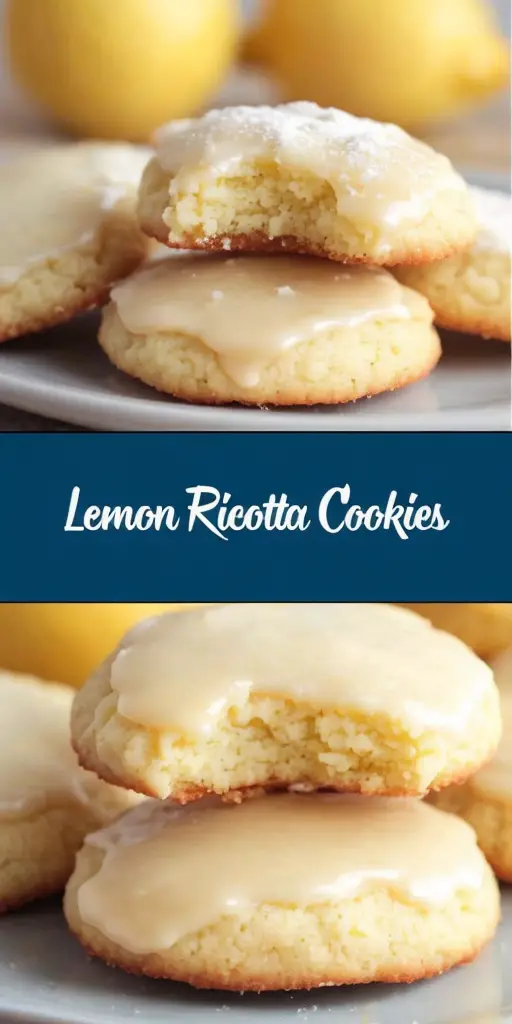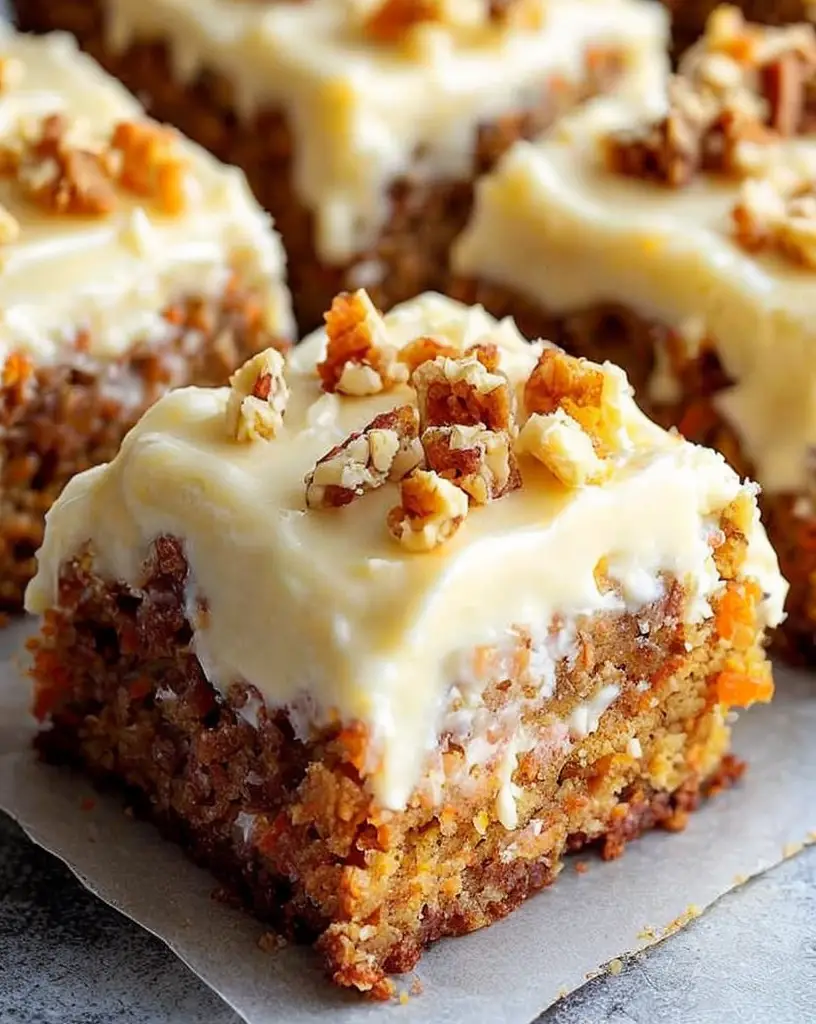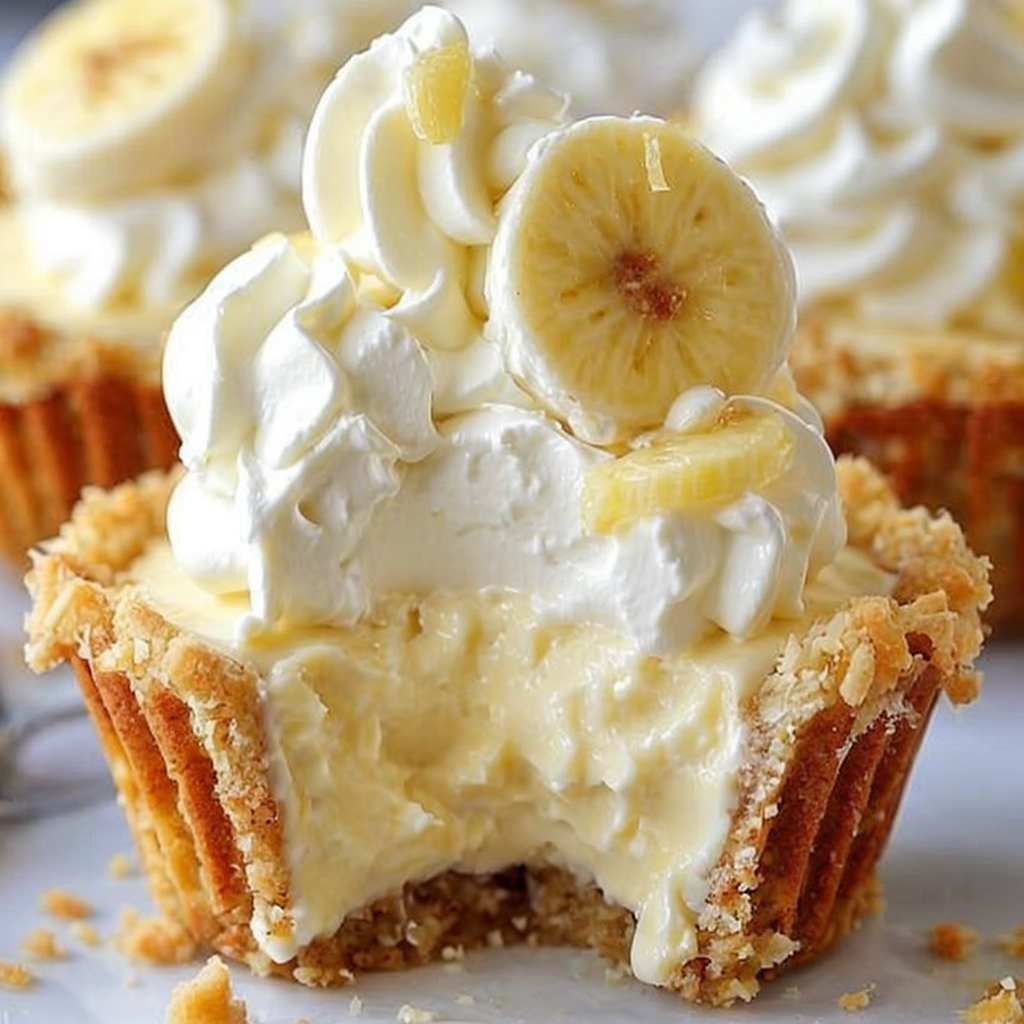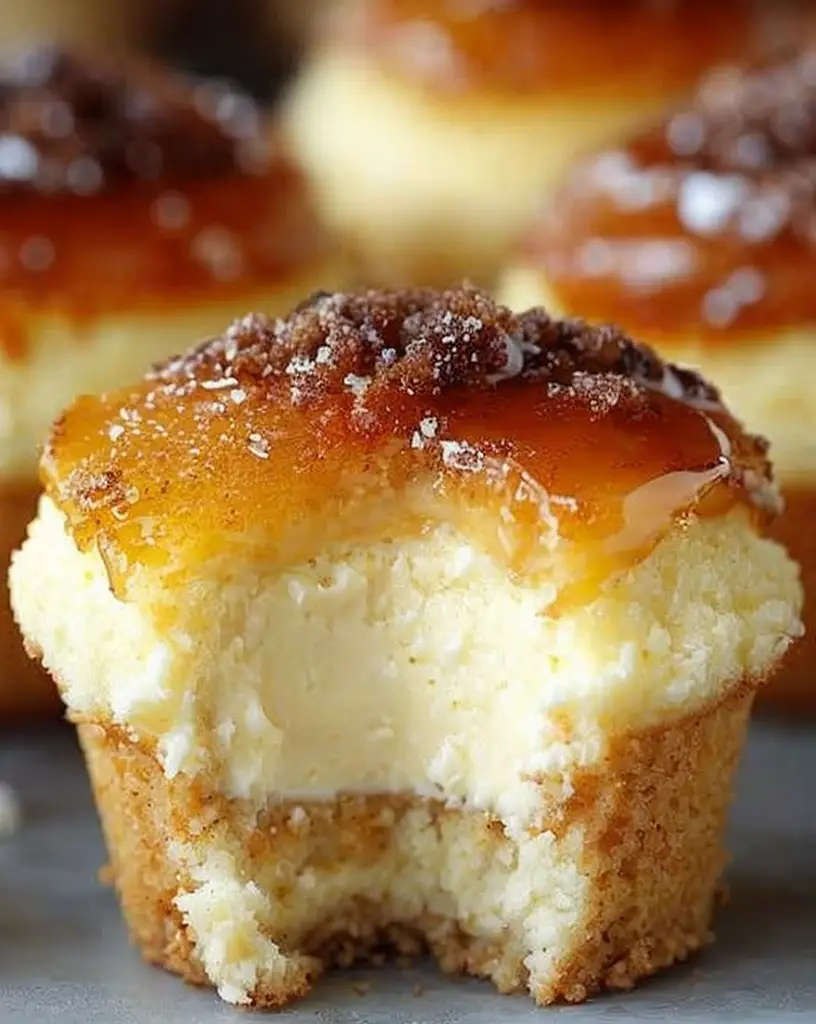Delicious Christmas Cookie Lasagna: A Festive Treat
Imagine the sweet aroma of sugar cookies wafting through your kitchen as you prepare the delightful Christmas Cookie Lasagna. This festive dessert blends layers of crunchy holiday cookies with smooth cream and a hint of spiciness to captivate your senses. The vibrant colors and textures make it as visually appealing as it is delicious, perfect for impressing guests at holiday gatherings.
Christmas Cookie Lasagna is not just another dessert; it’s a celebration of flavors and textures layered together to create a culinary masterpiece. Each bite reveals a harmonious blend of spicy nutmeg, creamy vanilla, and decadent chocolate, all encased in soft and crisp cookie layers. Prepare for a dessert experience that appeals not only to your taste buds but also to your love for festive culinary creations.
Quick Recipe Highlights
- Flavor Profile: This Christmas Cookie Lasagna features the warm spices of nutmeg and cinnamon combined with creamy vanilla and rich chocolate for an indulgent holiday flavor.
- Texture: The combination of crunchy cookies and smooth cream provides a delightful contrast, making each bite a textured delight.
- Aroma: Enjoy the intoxicating aromas of holiday spices and fresh-baked cookies that fill the air as you create this memorable dessert.
- Visual Appeal: Beautifully layered with vibrant colors, this dish is perfect for enhancing the festive spirit and impressing your guests.
- Skill Level Needed: Perfect for both beginners and seasoned bakers, this easy recipe requires minimal baking skills, ensuring a stress-free cooking experience.
- Special Equipment: A baking dish and a mixer are all you need, making the preparation straightforward and accessible.
Recipe Overview
- Difficulty Level: Designed to be easy and accessible, this recipe doesn’t require extensive baking knowledge, making it suitable for everyone.
- Category: This dish falls under the dessert category, specifically targeting festive and holiday occasions with its rich flavors.
- Cuisine: Inspired by traditional holiday baking, it marries contemporary methods with classic festive flavors.
- Cost: Affordable and made with readily available ingredients, it is budget-friendly while still offering gourmet satisfaction.
- Season: Best enjoyed during the winter holiday season when rich, warming flavors are most appreciated.
- Occasion: Ideal for Christmas parties, family gatherings, or any festive celebration where a special dessert is needed.
Why You’ll Love This Recipe
The taste and texture of Christmas Cookie Lasagna are perfectly balanced, offering a satisfying crunch alongside a creamy filling. Each layer provides a different flavor experience, from spicy cookies to sweet vanilla cream, ensuring each bite is unique and delicious.
Convenience is key here, with a straightforward preparation process that doesn’t involve lengthy baking times. The ability to prepare components ahead of time allows for efficient assembly during busy holiday schedules.
Nutritionally, this dessert offers a treat without excessive guilt. It has the creamy indulgence we crave during the holidays while allowing portion control through the layered design, making it easier to enjoy in moderation.
In terms of social and entertaining value, this dish is a conversation starter. Its beautiful presentation and delicious taste make it a hit at any holiday table, encouraging friends and family to share recipes and experiences.
Cost-effectiveness and accessibility are evident with ingredients that are both budget-friendly and easy to source. This recipe allows you to create a stunning dessert without breaking the bank, making it accessible to anyone wanting to try something new this holiday season.
Historical Background and Cultural Significance
The concept of lasagna-like desserts hails from innovative twists on classic savory dishes, redefining comfort food for sweet tooths. Over time, variations of layered desserts became synonymous with special occasions and celebrations.
Christmas Cookie Lasagna embodies the holiday spirit by infusing traditional flavors associated with yuletide baking, creating a modern classic cherished by families. Its cultural importance lies in its ability to adapt and incorporate diverse holiday flavors, from gingerbread to peppermint.
The evolution of this recipe reflects our desire for both tradition and innovation, marrying beloved holiday cookies with new dessert formats. Each family’s take adds a unique twist to the ever-growing tapestry of holiday desserts.
Regional variations abound, with some versions incorporating regional spices or local confections, demonstrating the versatility and adaptability of this festive treat.
Ingredient Deep Dive
The central ingredient in this Christmas Cookie Lasagna is the spiced holiday cookie, which not only brings rich flavors but also a delightful thickness to the layers. Historically, these types of cookies have been part of holiday traditions, with their comforting spices enhancing winter celebrations.
Nutritionally, these spiced cookies may indulge your sweet tooth, but they also include essential spices like cinnamon, which has been associated with numerous health benefits. Additionally, selecting high-quality butter and sugar ensures a premium taste that resonates through the dessert.
When choosing cookies, it’s crucial to opt for those with strong structural integrity to balance with the creamy layers. Store them in a cool, dry place to maintain their crispness until assembly.
Substitution options abound; you can experiment with different cookie flavors to personalize your lasagna further. Consider gluten-free or low-sugar varieties to cater to dietary needs without compromising taste.
Common Mistakes to Avoid
- Rushing the layering process can lead to uneven distribution. Take time to smooth each layer for consistent texture.
- Using too soft a cookie results in a mushy lasagna. Ensure your cookies have enough firmness to maintain structure.
- Not chilling the dessert can cause it to fall apart. Allow ample time in the refrigerator for proper setting.
- Overly sweetening each layer can overwhelm the palate. Balance the sweetness across components for a harmonious flavor blend.
- Ignoring the proportions may lead to an unstable dish. Adhere to recommended measurements for each layer to ensure proper balance.
- Skipping the use of a firm spatula can affect the layering process. A sturdy tool helps achieve smooth and even layers.
- Not planning for enough chilling time will make slicing difficult. Patience is key to achieving clean, well-defined portions.
- Neglecting ingredient quality affects the final product. Invest in higher quality ingredients for improved taste and texture.
Essential Techniques
Layering is the cornerstone of this Christmas Cookie Lasagna, requiring attention to detail to ensure each layer is distinct yet cohesive. Mastering this technique enhances texture and presentation, offering a visually appealing cross-section when served.
Chilling the dessert is also crucial, as it allows layers to set properly, making cutting and serving seamless. The cold helps the cream layers gel together, preventing them from becoming runny when sliced.
Assembly tips include gently pressing down each cookie layer to help secure it within the cream, ensuring a stable, stackable structure that won’t topple when serving.
Using a mix of traditional holiday spices, like cinnamon and nutmeg, is essential for achieving the dessert’s distinct festive flavor. Carefully measure these warming spices to maintain a balanced profile, avoiding an overpowering taste.
Pro Tips for Perfect Christmas Cookie Lasagna
Ensure optimal flavor by allowing the dessert to rest overnight in the refrigerator. This resting period enables flavors to meld together, enhancing its overall taste profile.
To achieve clean cuts when serving, dip your knife in hot water before slicing through the lasagna. This technique ensures neat edges and helps separate the layers without sticking.
Experiment with a combination of cookie varieties for a richer taste experience. Mixing ginger snaps with sugar cookies can add depth and complexity to your lasagna.
Incorporate high-quality vanilla extract for an authentic and aromatic cream layer that complements the spicy cookie base.
Present your dessert with a dusting of powdered sugar and a sprinkle of cinnamon just before serving. This finishing touch elevates both taste and presentation, highlighting the festive theme.
Consider adding a chocolate drizzle or peppermint bark pieces to personalize the dish’s final look, enhancing the holiday feel.
Prepare your cream a day in advance and store it in the fridge for a thicker consistency that’s easier to spread and layer.
Variations and Adaptations
Introduce regional variations by incorporating locally popular holiday spices or cookies. This customization allows you to honor local festive traditions while enjoying the dessert.
Seasonal adaptations might include swapping gingerbread cookies for the winter months or incorporating lemon zest in the cream for a springtime freshness, showcasing the recipe’s adaptability.
For dietary modifications, gluten-free cookies serve as a perfect base, while dairy-free cream substitutes ensure everyone at your table can enjoy this treat. Opting for these adaptations allows inclusion without sacrificing taste.
Consider flavor variations with additional extracts like almond or anise in the cream, offering unique preferences to those seeking bolder tastes in their dessert.
Texture modifications can be achieved by alternating layers with nut brittles or fruit preserves, offering a playful contrast to the existing surprise element.
Presentation alternatives include serving individual portions in glass jars or cups, allowing guests to admire the intricate layers, perfectly suited for more casual gatherings or entertaining.
Serving and Presentation Guide
Plating techniques count significantly when serving Christmas Cookie Lasagna. Use a sharp knife for precision cuts, ensuring layers remain intact and visible.
Garnishing ideas enhance visual appeal; consider sprinkling crushed candy canes or grated chocolate atop for a festive finish. This garnish adds color and texture to each serving.
Traditional accompaniments include a dollop of whipped cream or a scoop of vanilla ice cream, augmenting the dessert’s creamy elements and delighting those with a sweet tooth.
Modern serving suggestions involve pairing with spiced coffee or a velvet hot chocolate, providing a warm and cozy finish, ideal for wintery settings.
Temperature considerations ensure the dessert remains chilled until just before serving, maximizing flavor and maintaining structural integrity.
Portion control tips suggest slicing smaller, even pieces, arranging them decoratively on your serving platter to please both the eyes and the palate.
Wine and Beverage Pairing
Pair this indulgent dessert with a light, fruity dessert wine, such as Moscato, which complements the sweet and spicy layers without overpowering the palate.
For non-alcoholic alternatives, a mulled apple cider offers a warm, spiced beverage choice that echoes the cookies’ holiday flavors.
Consider coffee or tea pairings with a robust dark roast or a chai tea, highlighting the warm spices featured in the lasagna and offering a satisfying finish to your meal.
Ensure beverages are served at the appropriate temperature; chilled wines act as a refreshing counterbalance while hot drinks offer a pleasing contrast.
Serving suggestions include presenting drinks in holiday-themed mugs or glasses, complementing the festive spirit of your dessert display.
Storage and Shelf Life
Proper storage enhances the longevity of your Christmas Cookie Lasagna, keeping it fresh for up to 3 days when refrigerated in an airtight container.
Adjust your storage methods to account for temperature requirements. A consistently cold environment prevents separation of the cream layers, maintaining its texture and taste.
Opt for sturdy containers that withstand the fridge’s cold without transferring outside smells to your dessert, ensuring its flavors remain pure and undisturbed.
Signs of spoilage include changes in texture or smell, signaling fermentation. If observed, discard to maintain food safety standards.
Reheating instructions include avoiding conventional ovens that may dry out the dessert. Instead, allow it to reach room temperature for a fresh-from-the-fridge flavor.
Freezing guidelines suggest avoiding full lasagnas due to potential textural changes, but consider freezing individual cookie components to keep them on hand for future dessert creations.
Make Ahead Strategies
Adopt a prep timeline that focuses on constructing different components in advance. Baking cookies earlier saves time, while cream can be mixed and chilled the day before.
Storage between steps involves maintaining the integrity of each layer; place wax paper between layered cookies to prevent sticking when stored.
Assess the quality impact when making ahead. Note that chilling the assembled lasagna overnight dramatically enhances its flavor, satisfying both impatience and preparation needs.
Assembly tips focus on gently layering and pressing to avoid breaking cookies. Maintaining consistent pressure ensures a smooth surface ready for the next layer.
Reheating guidelines favor avoiding any heat; instead, enjoy your dish cooled, keeping the creamy consistency unchanged and favorably maintained.
Include fresh element additions just before serving, such as decorative garnishes, to achieve a just-made appearance for presentation, enhancing its holiday draw.
Scaling Instructions
Halving the recipe provides flexibility for smaller gatherings, maintaining ingredient ratios for consistent results while ensuring necessary equipment matches the reduced volume.
Doubling or tripling requires proportional ingredient adjustments and determining if additional or larger equipment is needed for successful scaling.
Embrace equipment adjustments by using larger baking dishes or dividing mixtures among several smaller ones when increasing batch size, ensuring thorough cooking and presentation.
Timing modifications help maintain quality; adjust relative cooking times for layers and chilling directives according to increased quantity.
Storage considerations should anticipate larger yield; plan adequate refrigerator space or find effective portion storage for freshness retention, embracing abundance without wastage.
Nutritional Deep Dive
Achieving a balanced macro breakdown lets you enjoy this Christmas Cookie Lasagna responsibly, reflecting a mix of carbs, fats, and proteins that satisfy festive cravings.
Micronutrient analysis highlights the inclusion of nutrient-rich spices like cinnamon, lending antioxidant properties to this crowd-pleasing dessert.
These health benefits ensure that while indulging, you also experience some nutritional advantages, making this dessert a bit more guilt-free.
Dietary considerations include utilizing alternative ingredients for specific needs, optimizing your lasagna for both flavor and wellness potential.
Portion analysis guarantees that serving recommendations gain nutritional insight, allowing you to enjoy the treat alongside a satisfying meal.
Weight management tips recommend indulging reasonably, balancing your lasagna experience with healthier alternatives throughout the day.
Dietary Adaptations
For gluten-free adaptation, opt for compatible cookies, achieving delectable taste without wheat-based elements. The cream layer needs no modifications, offering consistent enjoyment.
Dairy-free variations suggest coconut cream or dairy-free whipped toppings as luscious alternatives, matching creamy indulgence with lactose-free satisfaction.
Incorporate vegan choices by selecting plant-based cookies and creams, achieving alluring taste and texture without animal products for inclusive festive celebrations.
Low-carb variations adopt reduced-sugar or nut-based cookie choices, crafting your layers with keto-friendly creams that minimize carbohydrates, perfect for mindful indulgence.
Keto modifications continue with ketogenic-friendly ingredients, ensuring adherence to dietary preferences while tasting irresistible—the balance between festivity and health is paramount.
Paleo alternatives utilize grain-free cookies and natural sweeteners for primal adherence, offering a naturally indulgent dessert option during the seasonal gathering.
Low-FODMAP versions focus on specific inclusions and modifications, avoiding problematic ingredients while allowing merry enjoyment during your holiday feast.
Troubleshooting Guide
Texture issues such as sogginess result from insufficient chilling or overly moist components. Rectify by ensuring proper cooling and balancing liquid additions.
Flavor balance challenges may arise from excessive spices or sweetness. Achieve harmony by methodically measuring each component, tasting and adjusting as necessary.
Temperature problems usually require careful monitoring; notice warming signs affecting cream, using extra chilling practices for bisected control.
Equipment challenges, such as undersized baking options or faulty mixing tools, affect overall results. Invest in sturdy, appropriately sized tools to enhance seamless preparation.
Ingredient substitutions require knowledge; improve ingredient familiarity to maximize recipe adaptability, retaining both texture and taste.
Timing concerns result from underestimated prep or chill periods. Allocate generous time slots for layering with patience to achieve optimal outputs, satisfying both visual and flavor expectations.
Recipe Success Stories
Delight in community feedback praising this Christmas Cookie Lasagna’s visual appeal, noted by readers who loved showcasing it as their dessert centerpiece.
Variation successes highlight the versatility many readers enjoy, sharing photos of their own adaptations with awe-inspiring outcomes, perfecting the balance between creativity and flavor.
Adaptation stories circulate, with shared insights into dietary substitutions that yielded successful—and delectable—festive options, accommodating various preferences and family traditions.
Reader suggestions fuel ongoing creativity by offering inventive variations and detailed assembly tips that expand the dessert’s appeal and foster community involvement.
Photography tips advise setting ample lighting and utilizing versatile angles to capture garnished beauty, encouraging social sharing and inspiring engagement among dessert enthusiasts.
Frequently Asked Questions
Can I use homemade cookies for this recipe?
Absolutely! Homemade cookies will enhance this lasagna’s flavor and texture, providing a personal touch that resonates through each layer.
What if my cream layer is too runny?
Ensure that your cream is thoroughly chilled before using. If still runny, a mild thickening agent like cornstarch can help achieve the right consistency.
How far in advance can I prepare this lasagna?
Prepare it up to two days in advance to allow flavors to meld. Keeping it refrigerated ensures optimal freshness when it’s time to serve.
What types of garnishes pair well with this dessert?
Crushed candy canes, chocolate shavings, or a dusting of cinnamon complement your lasagna’s festive flair and enhance presentation.
How should I store leftover lasagna?
Store leftovers in an airtight container in the refrigerator, maintaining quality for up to three days without compromising texture.
Is it possible to freeze this dessert?
While possible, freezing may alter texture. For best results, freeze individual cookie components rather than the whole lasagna.
Can I make this recipe gluten-free?
Certainly, by using gluten-free cookies and verifying cream components adhere to dietary needs, you can enjoy the dessert without gluten.
Which spices work best in this dish?
Cinnamon and nutmeg bring warmth and festive flair, while cardamom or allspice are excellent alternatives to explore varying depth of taste.
How can I achieve a cleaner slice?
Use a hot knife, dipping it in warm water before slicing to ensure smooth edges and preserve the lasagna’s visual layering effect.
Why is my lasagna falling apart?
Insufficient chilling or rushed layering results in instability. Ensure ample chill time and gently press down layers to maintain structure.
What is the best way to serve this dessert?
Serve portions on colorful dessert plates, adding garnishes just before presentation for a professional appearance and taste delight.
How do I adjust the sweetness level?
Control sweetness by altering sugar in the cream and opting for mild cookies. Adjustments allow personalized levels without overwhelming flavors.
Additional Resources
Explore related recipes like spiced trifle or peppermint mousse, expanding your holiday dessert repertoire with equally convivial and merry selections.
Technique guides introduce best practices in layering and chilling, crucial for mastering multi-layered desserts, ensuring inviting presentation and taste standards.
Ingredient information offers deeper insights into optimum cookie choices and cream stability, transforming your knowledge base into culinary success stories.
Equipment recommendations involve investing in a reliable mixer and quality baking tins, assisting your dessert assembly with tools tailored for ease and precision.
Seasonal variations encourage experimenting with festive flavors, combining traditional and contemporary elements to invigorate your culinary creations down to every last enchanting crumb.
Join the Conversation
Embrace community engagement by sharing your experiences on social media platforms, using #ChristmasCookieLasagna to connect with fellow bakers and inspire holiday spirit.
Photography tips entice visual sharing; aim for natural lighting and hearty garnishing to excite followers, breathing lively festivity into each frame.
Encourage recipe reviews, inviting constructive feedback to evolve family desserts, ensuring every attempt adds happiness and flavor to your celebrations.
Experiment with community-assisted recipe variations, enriching diverse flavors in your lasagna through collaborative baking and sharing culinary legacies.
Whether you prefer a traditional approach or innovative twist, exchange ideas to ensure this Christmas Cookie Lasagna warms your kitchen and hearts alike, crafting memories beyond delectable bites.
The Recipe
Christmas Cookie Lasagna
Serves: 8
Prep Time: 20 mins
Cook Time: 10 mins
Total Time: 30 mins
Kitchen Equipment Needed
- Mixing bowls
- Hand or stand mixer
- Baking dish (9×13 inch)
- Spatula
- Measuring cups and spoons
Ingredients
- 24 holiday spice cookies
- 8 oz cream cheese, softened
- 1 cup powdered sugar
- 2 teaspoons vanilla extract
- 2 cups heavy cream
- ¾ cup chocolate chips, melted
Directions
- Beat cream cheese and powdered sugar in a bowl until smooth. Add vanilla extract and mix well.
- In another bowl, whip heavy cream until peaks form. Gently fold into the cream cheese mixture.
- Spread a thin layer of cream mixture at the bottom of a 9×13 baking dish.
- Layer half of the cookies over the cream in a single layer, covering the bottom of the dish.
- Top with half of the remaining cream mixture, then melted chocolate, as desired.
- Repeat layers, ending with a cream layer on top.
- Chill in the refrigerator for at least 4 hours or overnight, allowing it to set.
Recipe Notes
- For a richer flavor, substitute dark chocolate chips.
- Experiment with your family’s favorite holiday spices for a personalized touch.
- For a decorative finish, top with crushed candy canes before serving.
